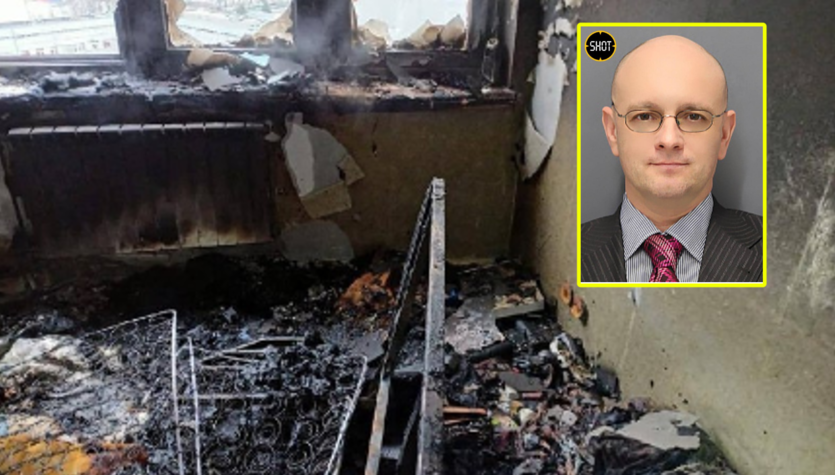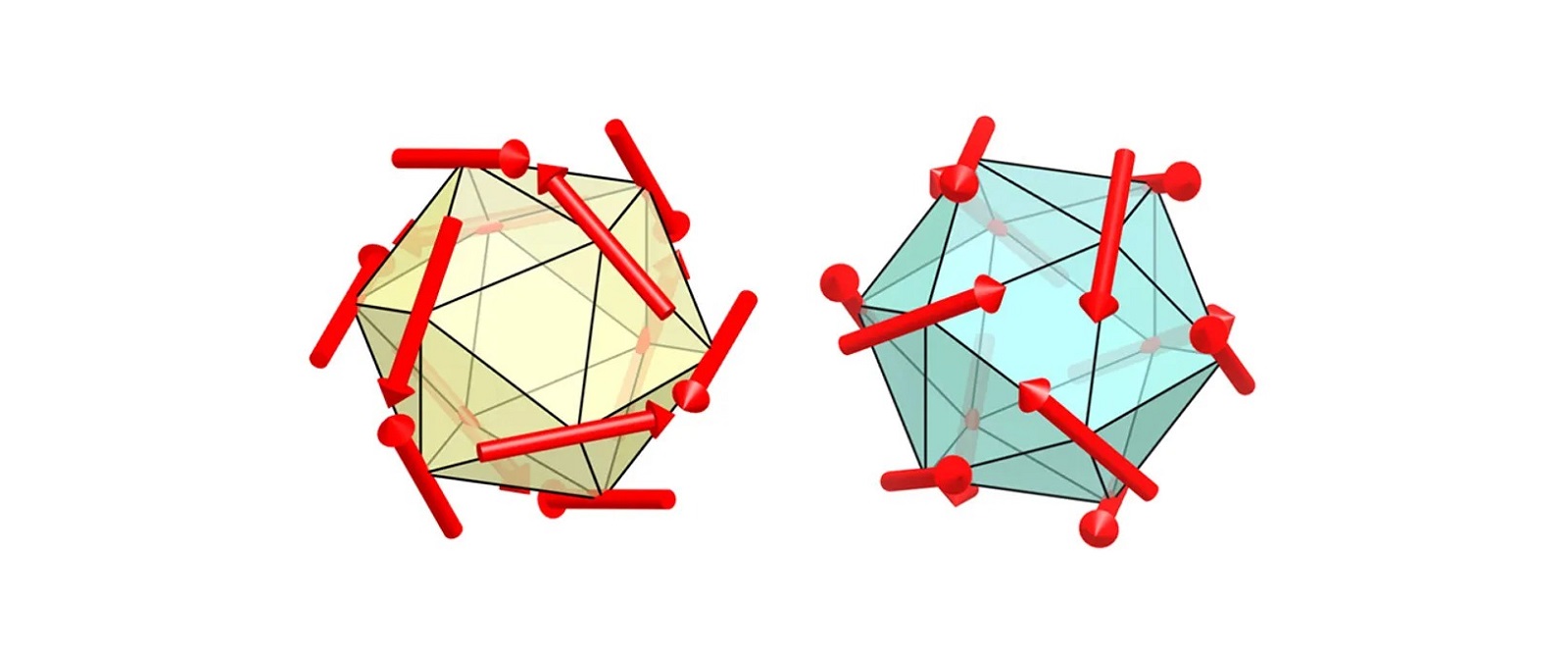In this particular case, we are dealing with large rings that can be seen in the sky using radio telescopes, which are even larger than galaxies.
At first glance, it can be said that it looks like a shock wave from a giant explosion spreading through space. Despite extensive monitoring campaigns, scientists have so far been unable to find any equivalent of these rings at any wavelength other than radio.
In the latest scientific article In late April, a team of researchers described the discovery of X-rays that may be linked to the source of the radio rings. This is a big step towards understanding the origins of these unusual structures.
What are cosmic radio loops?
At first glance, these mysterious objects actually look like the remnants of supernova explosions, where massive stars are torn apart and then spread out in all directions, escaping from where the star once was.
But the problem is that such an explosion of even the most massive stars cannot explain the radio ring. It takes much more energy to emit such a powerful radio signal. Despite several years of attempts, scientists have not yet been able to reproduce the process of radio ring formation in computer simulations. Yes, the shape of the rings can be recreated, but their density can never be proven.
Read also: Where do the mysterious radio circuits in the universe come from? There is finally an explanation
The great difficulty in studying these objects so far has been the fact that they have been completely invisible outside radio range. Despite searching, scientists were unable to see any excess radiation in the visual or infrared range in the same places.
But now the situation has changed. A team of scientists analyzing data from the European XMM-Newton space telescope has detected X-ray radiation that may be linked to our nearest radio ring called Cloverleaf.

Detailed analysis of data from the XMM-Newton telescope showed that the X-ray radiation comes from gas that has been heated by an unidentified process. At the center of the Cloverleaf radio ring are two clusters of galaxies that are currently merging together. The process of merging two clusters of galaxies, together consisting of several dozen individual galaxies, heats the gas to a temperature of several millionths of a degree Celsius.
However, it is worth paying attention to the fact that mergers of galaxies and galaxy clusters are observed in many places in the Universe, yet they are not accompanied by monster radio rings. This means that there are still some important elements missing that will link this activity to emission in the radio and X-ray range.
However, scientists already have a working hypothesis. It is possible that the radio loops had a dual origin. In theory, the supermassive black hole within the galaxy could have gone through a period of intense activity in the past. It is possible that the remaining electrons after this activity were accelerated again by the shock wave generated in the galaxy merger process, which is responsible for the radio flare surrounding the observed galaxies. But is this true? We’ll find out in time, when scientists collect more observational data, both at radio wavelengths and X-rays.

Echo Richards embodies a personality that is a delightful contradiction: a humble musicaholic who never brags about her expansive knowledge of both classic and contemporary tunes. Infuriatingly modest, one would never know from a mere conversation how deeply entrenched she is in the world of music. This passion seamlessly translates into her problem-solving skills, with Echo often drawing inspiration from melodies and rhythms. A voracious reader, she dives deep into literature, using stories to influence her own hardcore writing. Her spirited advocacy for alcohol isn’t about mere indulgence, but about celebrating life’s poignant moments.










